Victory Rode the Rails
by Mort Kunstler
It was like a grand holiday. Throughout the North and South in the summer of 1861, America’s young men gleefully pulled on new uniforms, shouldered “rifle-muskets” and cheerfully left for war. They would whip the Rebels in 90 days, boasted Northern recruits. One Southerner could lick ten Yankees, claimed Southern boys. Never again would Americans go to war with such an unrealistic, romantic notion. Some knew better. Brigadier General Thomas J. Jackson, an unremarkable mathematics instructor from the Virginia Military Institute, was a Mexican War veteran, and he tried hard to prepare his troops—Virginia’s First Brigade—for the reality of war. But even Jackson’s troops went to war as if heading for a holiday picnic. As they boarded a train at Virginia’s Piedmont Station—among the first troops moved to battle by rail—they encountered a boisterous celebration. Flags were flying, troops were waving and young women were passing out treats. A holiday atmosphere masked a grim reality: Many of these youngsters, like their counterparts in the North, would soon be dead or wounded in the War’s first major battle at First Manassas. There, too, near the banks of an obscure creek called Bull Run, the unknown VMI officer, Thomas J. Jackson, would rally the shaken Southerners, help turn the day for the Confederacy—and emerge forever famous as General “Stonewall” Jackson.
| Style | Image Size |
| Archival Paper | 15" x 30" |
| Giclee Print | 18" x 36" |

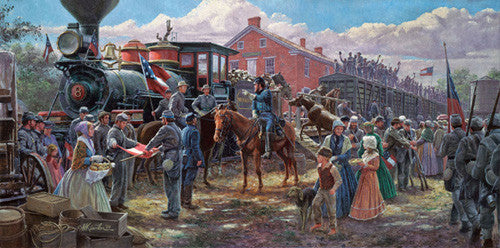
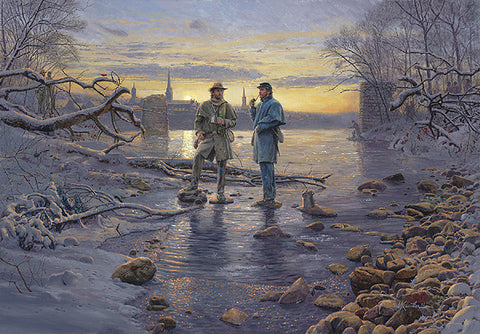
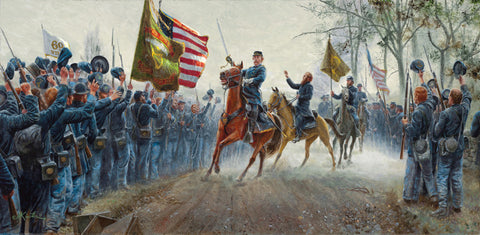
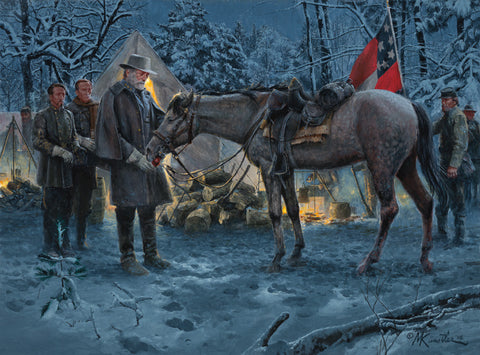
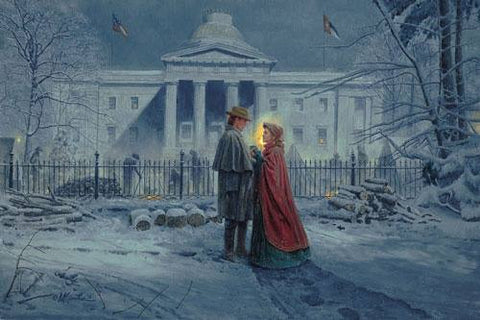
Share this item: